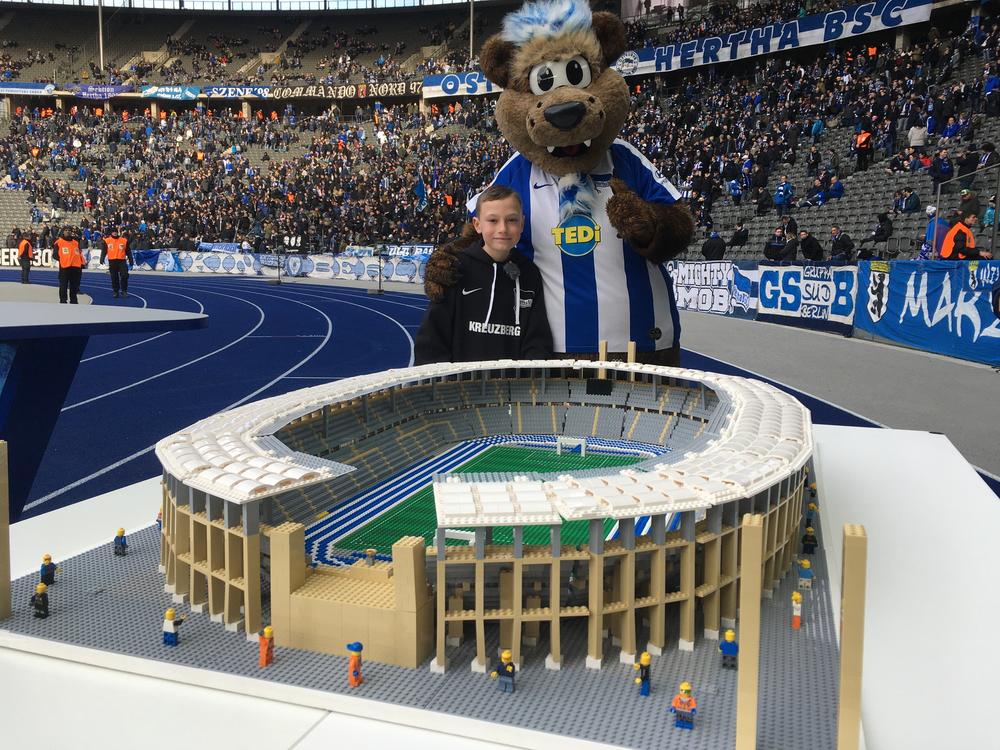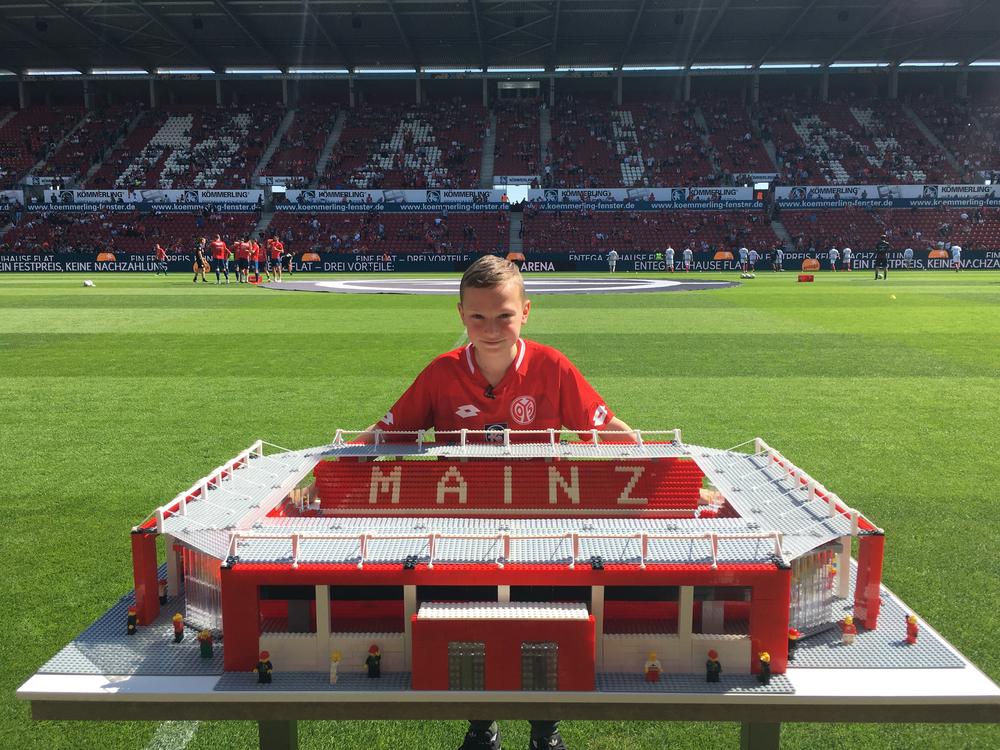Section Branding
Header Content
Lego Wunderkind Wows With His Intricate Models Of German Soccer Stadiums
Primary Content
Twelve-year-old Joe Bryant may not be able enjoy a live German soccer match during the pandemic, but he's managed to capture the magic of their stadiums through the fine art form of Lego.
Bryant builds exquisitely detailed models of his favorite Bundesliga stadiums, home to Germany's pro soccer league. He's built more than a dozen models without access to design plans or blueprints.
His German soccer fandom is all the more notable because he doesn't even live in Germany.
"I ask the fans or the club for pictures if I haven't already visited the stadium. And then from those pictures, I will try and build the stadium out of Lego," he said in an interview with NPR's Weekend Edition.
Before lockdown, Bryant was able to tour a few Bundesliga stadiums to show off his craftsmanship.
"They're really kind and generous to me," he said. "I'm a mini-celebrity over here," he said from his home in West Sussex, England. "But over there, like, I'm really well-known, and it's really nice and cool."
Bryant's fascination with Bundesliga began while vacationing in Turkey with his family, where he said he watched a lot of German soccer.
He estimates that his most complex works take between 5,000 and 6,000 tiny bricks. They're so imposing that several teams have asked if they can incorporate them in permanent displays, he said in an interview with ESPN.
"Recently a lot of the clubs have wanted to keep my Lego stadiums for their museums, VIP areas or fan shops," he told the website. "That is perfect for me because it means they stay up forever and everyone gets to see it."
As his collection grows, space is limited at his family's house — which has led to the occasional mishap. Bryant's mother dropped the vacuum cleaner on one of his earlier masterpieces.
"It just completely fell over and, like, clattered Augsburg. And, because Augsburg was probably the flimsiest stadium I've done, it just fell to pieces," Bryant recalled.
But he's got a good attitude about it.
"Well, it's Lego, so you can always rebuild it," he said.
Now that he's amassing followers and fame in America, Bryant is taking requests for U.S. stadiums.
NPR's Hiba Ahmad and D. Parvaz produced and edited the audio version of this story.
Copyright 2020 NPR. To see more, visit https://www.npr.org.
Bottom Content




